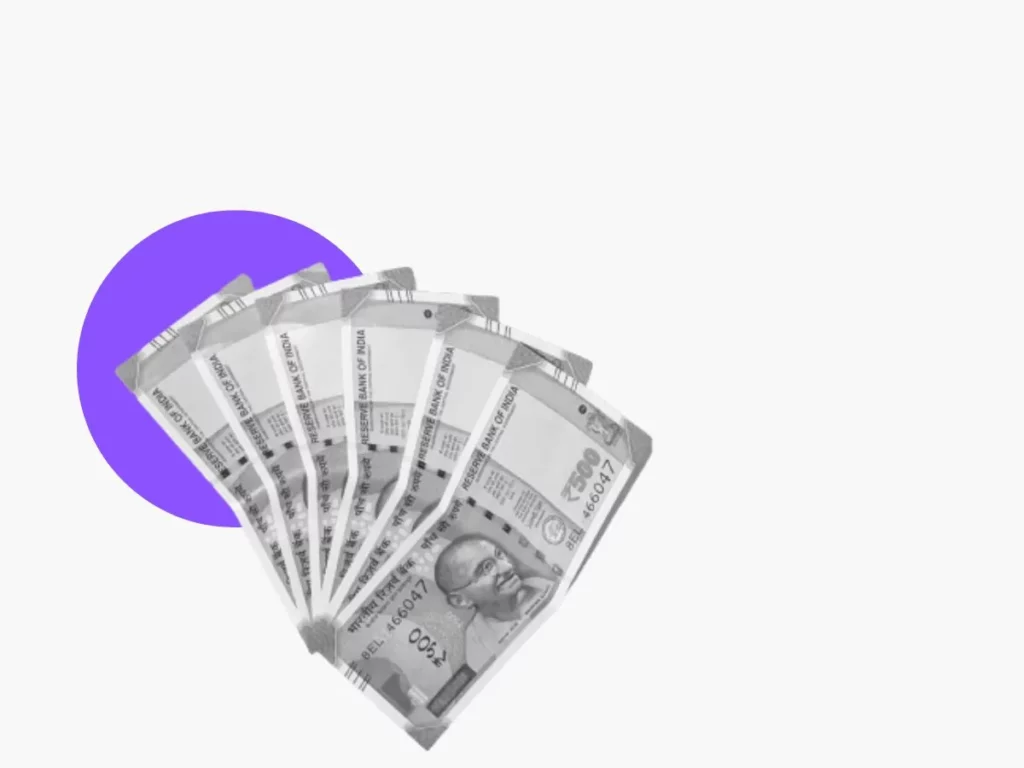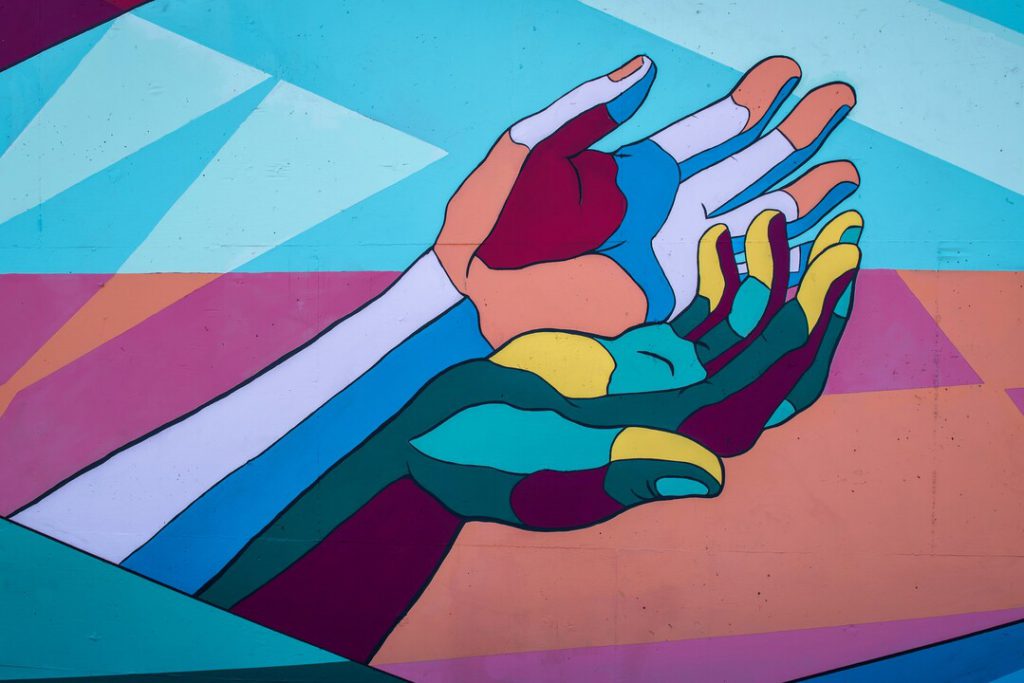While working with the Gates Foundation on the issue of financial inclusion in India, we devised a deep-dive looking into those who would benefit the most from this. What would their financial journey look like?
Background
Financial inclusion aims to provide basic banking and financial services to everyone. The World Bank has identified financial inclusion as an important factor in reducing extreme poverty.
In India, true financial inclusion should be fit for purpose, especially for the poorer sections where access to financial literacy and general awareness remains low.
This is why, we thought it important to assess the quality of banking services being offered. Was it just a question of opening more savings accounts?
The Ask
The Bill and Melinda Gates Foundation wanted to better understand the future of financial inclusion and what it meant for India. As one of the largest charitable foundations in the world, the foundation has extensively worked to address core problems around poverty, healthcare and well-being.
The framing around the financial inclusion space was primarily focused on three things:
- Elevate its own understanding of the market in India.
- Inform and identify what was relevant for the foundation to solve for w.r.t. financial inclusion
- Design a course of action
The Solving
India’s poor are not a homogenous group. It was important to mark out distinctions between user groups and the different personas within these groups.
In a wonderful collaborative effort, a small team from X-Leap (including Saikat) worked with members from the Gates Foundation to adapt their investment strategy into the Financial Inclusion space in India.
The team at X-Leap prepared a deep-dive landscape study of the financial inclusion space. This included:
- An exhaustive database of service providers
- institutional perspective of different players including newer fintech companies
The deep dive also included looking at those who would benefit from this financial inclusion. We asked, “What would their financial journey look like?”
A top-down Bottom of the Pyramid approach was used to understand trends, needs and challenges. Findings from a survey conducted would also inform the foundation’s strategy for the financial inclusion space.
If you want to know more about this case study, or wish to solve for a similar problem, please write to us at solutions@x-leap.com




